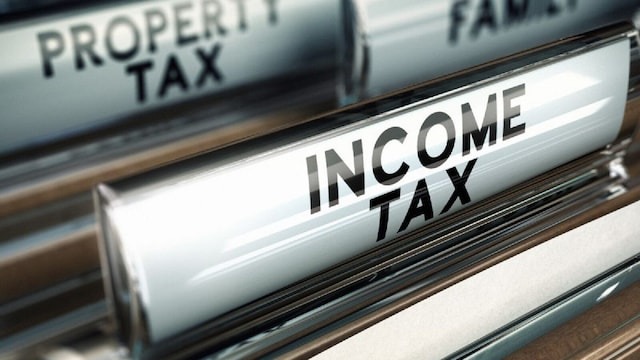
The Income Tax Bill 2025 is set to bring significant changes to the tax system, replacing the decades-old framework with a simplified and more transparent structure. The bill aims to streamline tax laws, reduce litigation, and improve compliance for taxpayers. Here are the most important aspects you should know.
Key Highlights of the New Income Tax Bill 2025
Simplified Tax Structure
- The new bill reorganizes the tax laws, reducing complex provisions and making tax calculations easier.
- Tax slabs are now presented in a clearer format, eliminating confusion.
Revised Tax Slabs
- The bill introduces new income tax slabs, increasing the basic exemption limit from ₹3 lakh to ₹4 lakh.
- Tax rates for different income groups have been adjusted to offer a more structured approach.
Higher Standard Deduction for Salaried Individuals
- The standard deduction has been raised to ₹75,000, allowing salaried employees to claim higher deductions on taxable income.
Choice Between Old and New Tax Regimes
- Taxpayers can continue with the old regime, which offers exemptions and deductions, or opt for the new simplified structure.
- The new regime has lower tax rates but fewer deductions, making it crucial for individuals to evaluate which option benefits them more.
Stronger Digital Compliance Measures
- The government is enhancing digital tracking of financial transactions, allowing tax authorities to access electronic records for transparency and fraud prevention.
What This Means for Taxpayers
- Individuals need to reassess their tax planning strategies based on the new slab rates and deduction policies.
- Businesses must ensure compliance with updated provisions to avoid penalties.
- More transparency and ease of filing returns, making the tax system simpler and more efficient.
The Income Tax Bill 2025 is expected to be implemented in the upcoming financial year, and taxpayers should stay informed about changes that could impact their tax liabilities. Consulting with financial experts can help individuals choose the best tax-saving approach under the new system.
Read More: SBI's third major listing confirmed! SBI Funds Management IPO to launch
--Advertisement--

 Share
Share



